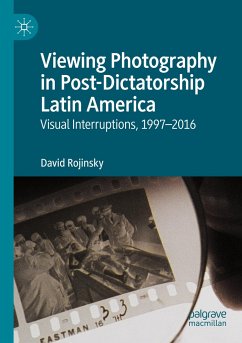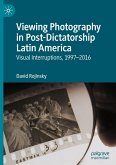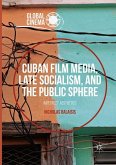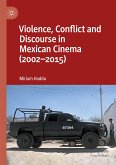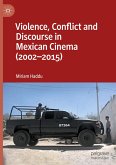This book examines the archival aesthetic of mourning and memory developed by Latin American artists and photographers between 1997-2016. Particular attention is paid to how photographs of the assassinated or disappeared political dissident of the 1970s and 1980s, as found in family albums and in official archives, were not only re-imagined as conduits for private mourning, but also became allegories of social trauma and the struggle against socio-political amnesia. Memorials, art installations, photo-essays, street projections, and documentary films are all considered as media for the reframing of these archival images from the era of the Cold War dictatorships in Argentina, Chile, Guatemala, and Uruguay. While the turn of the millennium was supposedly marked by "the end of history" and, with the advent of digital technologies, by "the end of photography," these works served to interrupt and hence, belie the dominant narrative on both counts. Indeed, the book's overarching contention is that the viewer's affective identification with distant suffering when engaging these artworks is equally interrupted: instead, the viewer is invited to apprehend memorial images as emblems of national and international histories of ideological struggle.
Bitte wählen Sie Ihr Anliegen aus.
Rechnungen
Retourenschein anfordern
Bestellstatus
Storno

